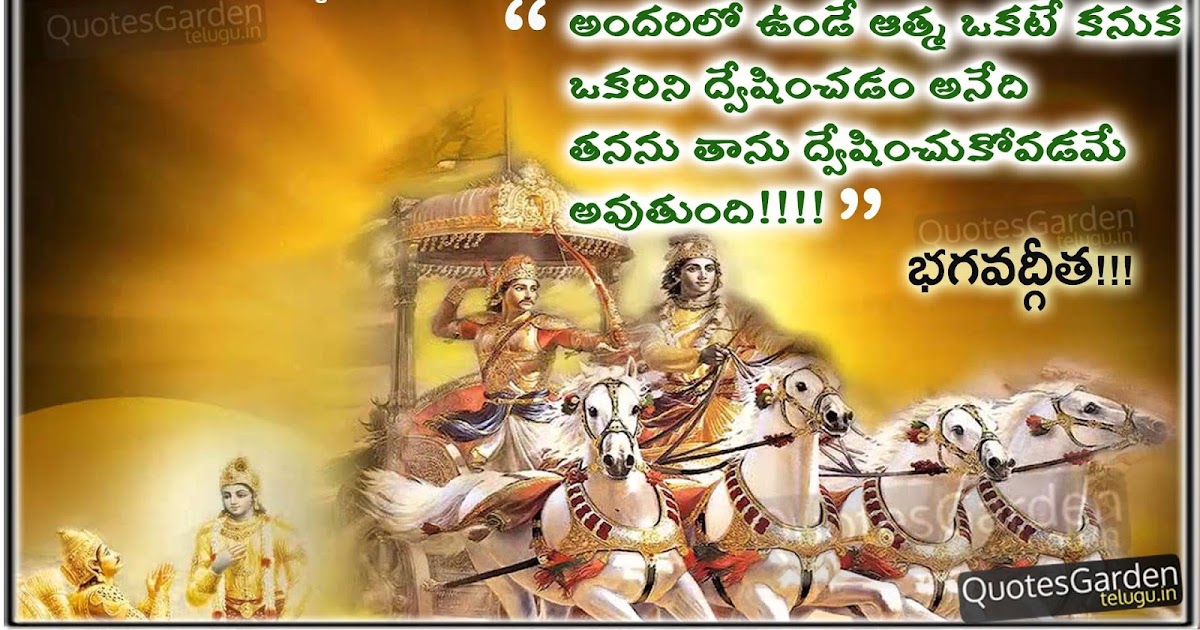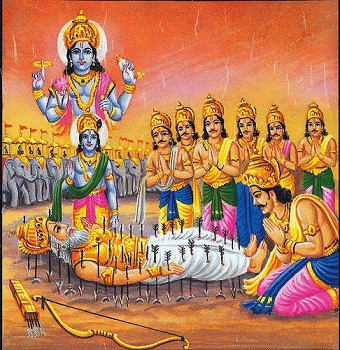

Erranna started the remaining half of the Aranya Parvamu with the style of Nannaya and ended it with the style of Tikkana as a bridge between the parts translated by Nannaya and Tikkana. Tikkana did not touch this part because it was considered to be inauspicious to translate this book, which was left half-finished by Nannaya. Tikkana translated the remaining books starting from the 4th, leaving the third book titled the Aranya Parvamu ("Book of the Forest") half-finished, for Erranna to complete. The other two poets were Nannaya and Tikkana of the Andhra Mahabharatam ("Andhra Mahabharat").

Erranna was one of the kavitrayam ("Trinity of Poets") who rendered the Mahabharatam from Sanskrit into Telugu. The Sanskrit Mahabharata was translated into Telugu over a period of several centuries (from the 11th to 14th centuries CE). He was honoured with the title Prabandha-paramēśvara ("Master of historical anecdotes") and Śambhudāsuḍu ("Servant of Lord Śiva"). The surname of Erranna was Yerrapragada or Yerrana, which are epithets of the fair-skinned Lord Skanda in the Telugu language, but became attached to his paternal family due its having notable members with fair or red-skinned complexions. Yarrapragada Erranna was a Telugu poet in the court of King Prolaya Vema Reddy (1325–1353). The Telugu people remained without this last translation for more than a century, until it was translated by Errana. Tikkana translated the final 15 chapters, but did not undertake translating the half-finished Aranya Parvamu. Nannaya Bhattaraka, the first, translated two and a half chapters of Mahabharata. Born into a Telugu-speaking Niyogi Brahmin family during the golden age of the Kakatiya dynasty, he was the second poet of the "Trinity of Poets ( Kavi Trayam)" that translated Mahabharata into Telugu. Tikkana (or Tikkana Somayaji) (1205–1288) was a 13th century Telugu poet. This work has been interpreted in the Champu style and emotes such simplicity and polishing and of such high literary excellence, that several scholars do not dismiss the possibility of the existence of literary works in Telugu during the pre-Nannaya period. This marks the beginning of Telugu literature, which has yet been uncovered. Nannayabhatta (1022–1063 CE – also referred to as Nannaya), started to translate the Sanskrit Mahabharata into Telugu on the request of the East Chalukya king Rajaraja Narendra. Raja Rajanarendra commissioning Nannaya Battaraka to render Mahabharatha into Telugu. Published in 15 volumes as Kavitrayam Mahabharatam project - edited by Subrahmanyam. The division can be seen in the following table.

In this way, the Sanskrit Mahabharata of 100 subparvals was transformed into the Andhra Mahabharata of eighteen parvals in Telugu. Errana wrote the Harivamsa as a separate treatise. The Tikkanadus followed Nannaya's decision. Upaparva section is not followed in Telugu. He arranges hundred parvas in his Ashtadasa Parva Vibhaktam. Nannaya does not include the Harivamsa in his genealogy. Together these two are considered as an independent text called Khilavansa Purana. In it Harivamsa Parvam is included in Bhavishya Parvam. There are hundred of main parvas and subparvas together.

Parvanukramanika told by Nannaya in Adi Parvam is also close to this point. The Sanskrit Mahabharata is famous for being a book of 100 parvals and having a breadth of 100,000 verses. In this way, telugu people is fortunate to be able to read mahabharatham writtenīy three poets over a period of two and a half centuries simultaneously but it's looks a single mahakavi was written in at a time. Thus these three poets of the age became worshiped by the Telugu poets under the name kavitrayam. After that in the 14th century Errana Aranyaparva filled the remainder. Later in the 13th century Tikkana left the remainder of Aranyaparvam and wrote 15 parvams from Virata Parvam to Svargarohana Parvam. Nannaya wrote Adi Parvam ,Sabaparvam and a part of Aranyaparvam between 1054-1061 and passed away.


 0 kommentar(er)
0 kommentar(er)
